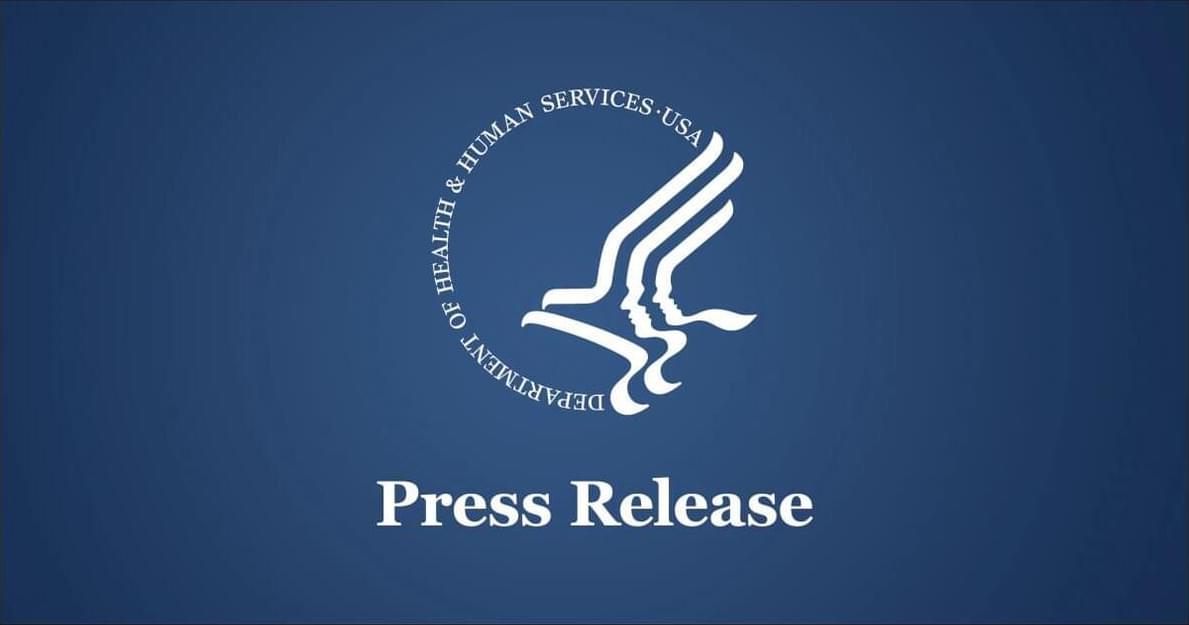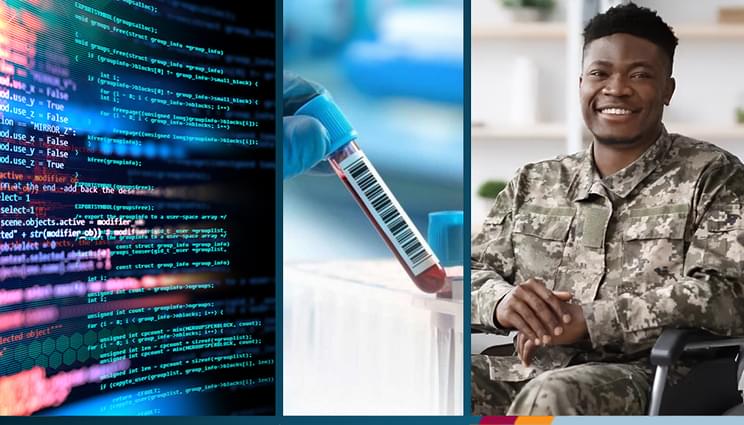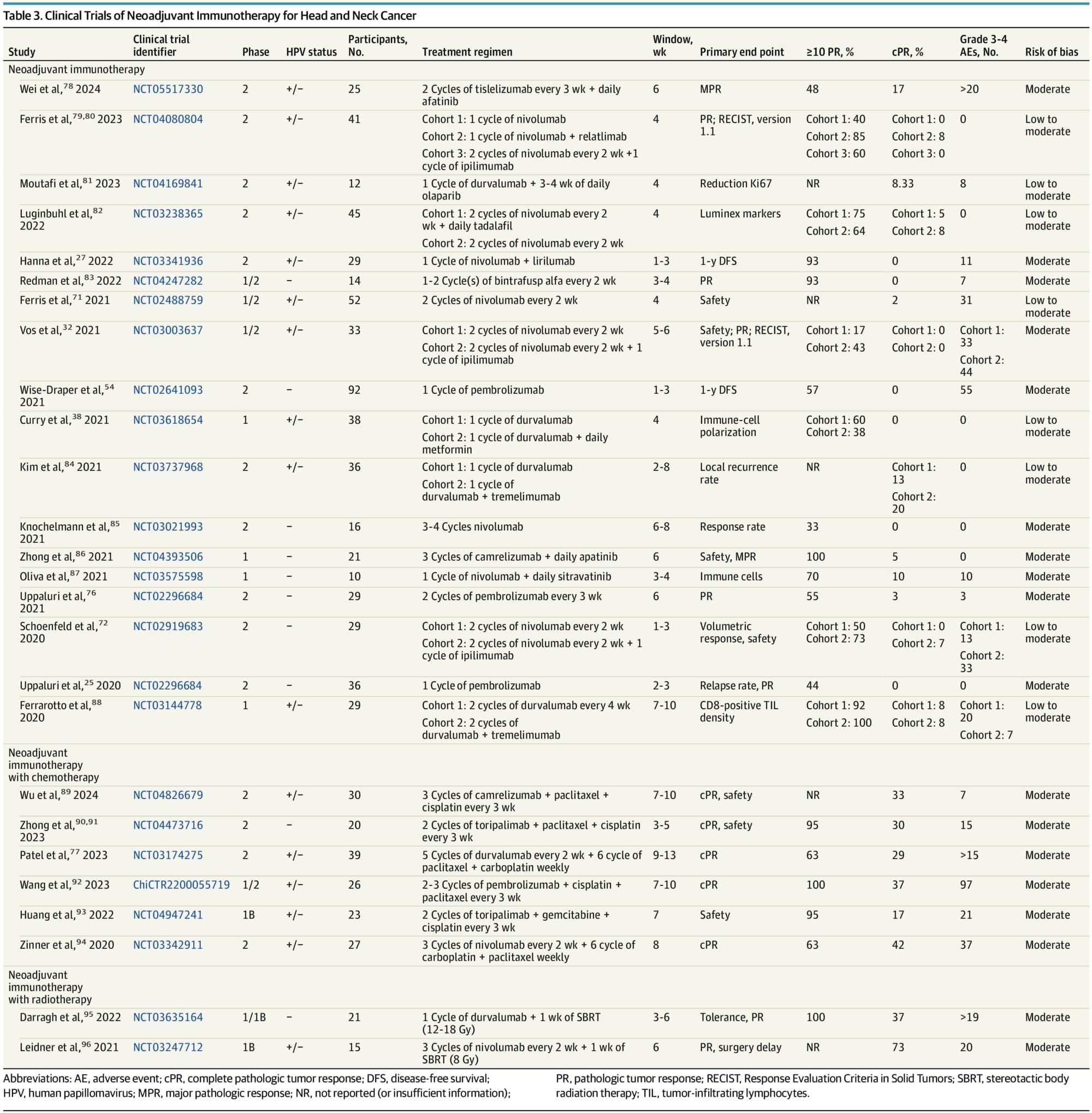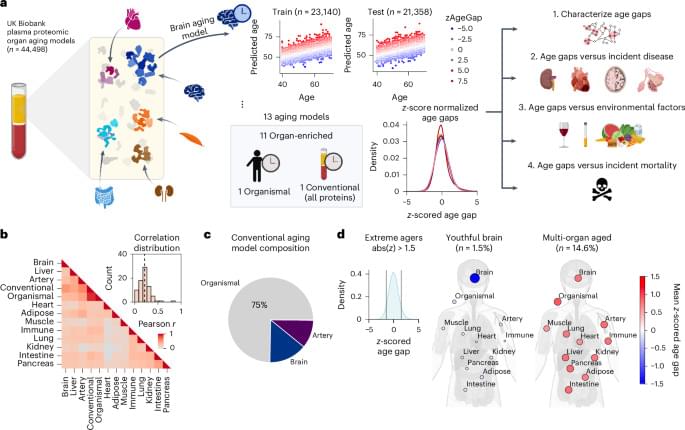Significant brain defects known as Chiari malformations could be down the genes some of us have inherited from Neanderthals, according to a new study, causing a mismatch between brain shape and skull shape.
The study focuses on Chiari malformation type I (CM-I), where the lower part of the brain extends too far into the spinal cord – typically linked to having a smaller-than-normal occipital bone at the back of the skull. It can lead to headaches, neck pain, and more serious conditions, and is thought to affect up to 1 in 100 people.
Several other ancient human species had different skull shapes to our own, and a previous study published in 2013 put forward the idea that interbreeding between Homo sapiens and these other hominins may be a root cause of Chiari malformation type I (CM-I), the mildest type of the group.








